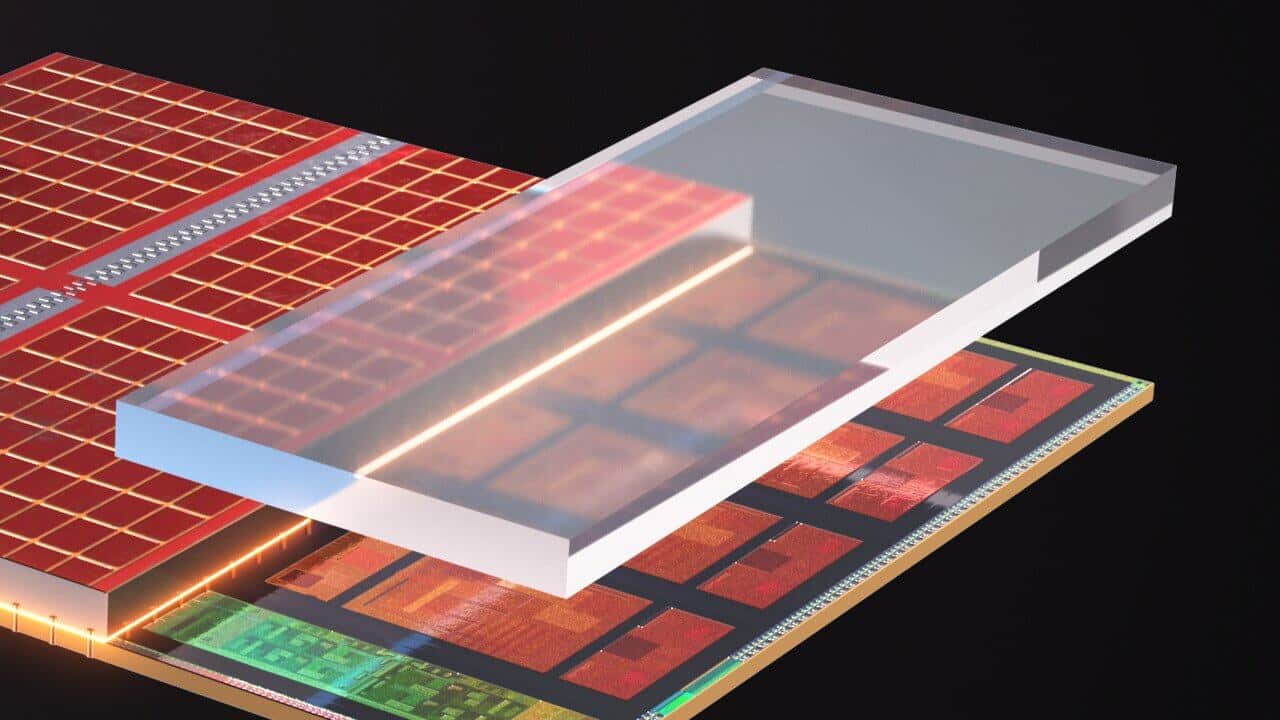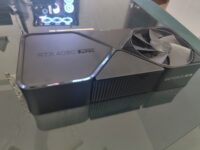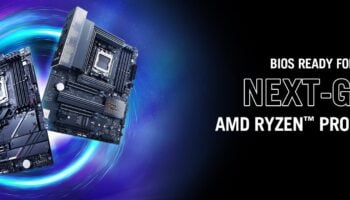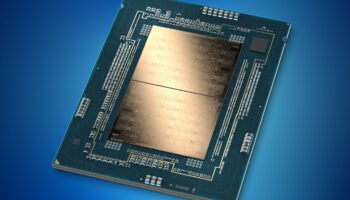AMD’s Lead Marketing Manager for the Ryzen family, Robert Hallock appeared in an interview with KitGuru this Sunday. He spoke on a variety of topics at length, including the adoption of the hybrid core architecture by Intel. According to Hallock, this primarily has to do with power efficiency and die area which directly affects production costs. AMD decided to move to a modular design, otherwise known as chiplets with the Ryzen architecture to optimize production costs as well as boost overall performance.

Intel, on the other hand, suffered from high power consumption and increased production costs post Skylake which indirectly contributed to the chips shortages of 2019. The company was using the same core architecture from 2016 to 2020, improving performance per generation by adding more cores, leading to a near doubling of the die area by 2020’s Comet Lake-S.
Increased competition meant the chipmaker couldn’t increase prices to absorb the additional production costs. Therefore, it formulated the hybrid core approach to reduce die area and production costs while also improving multi-threaded performance. The shift to a tiled (modular) design with Meteor Lake and Arrow Lake is the second step of this strategy, something AMD has been doing for 4 generations now. Going forward, though, we expect Team Red to switch to a hybrid core design as well to align with the conventions of the industry.






